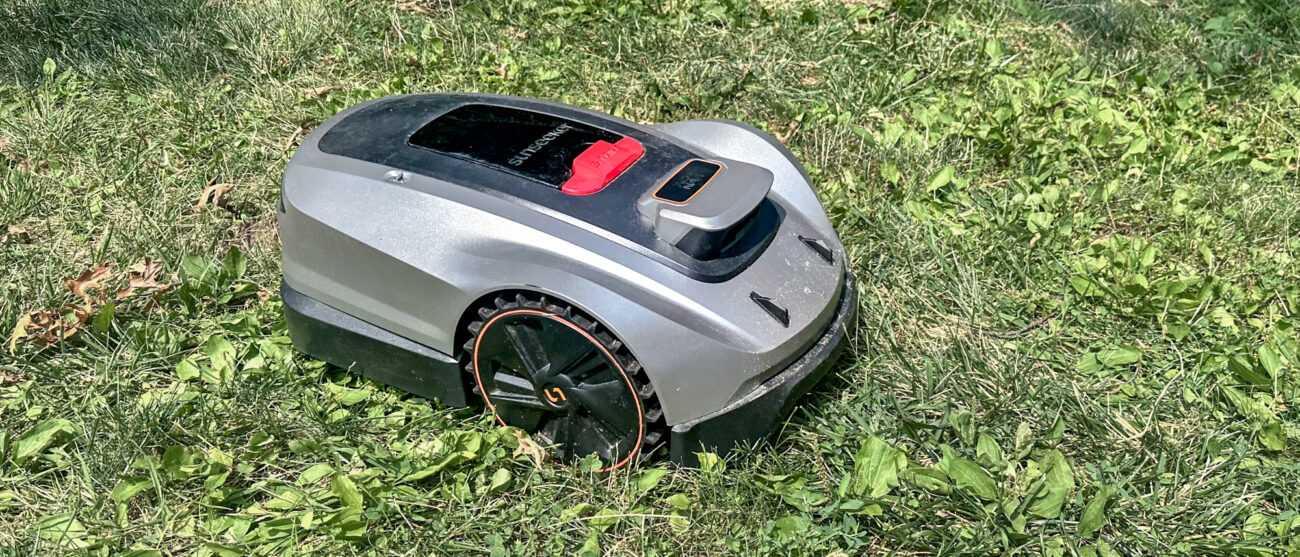Blog
Summer isn’t over yet — 9 perennials to cut back in August for even more blooms
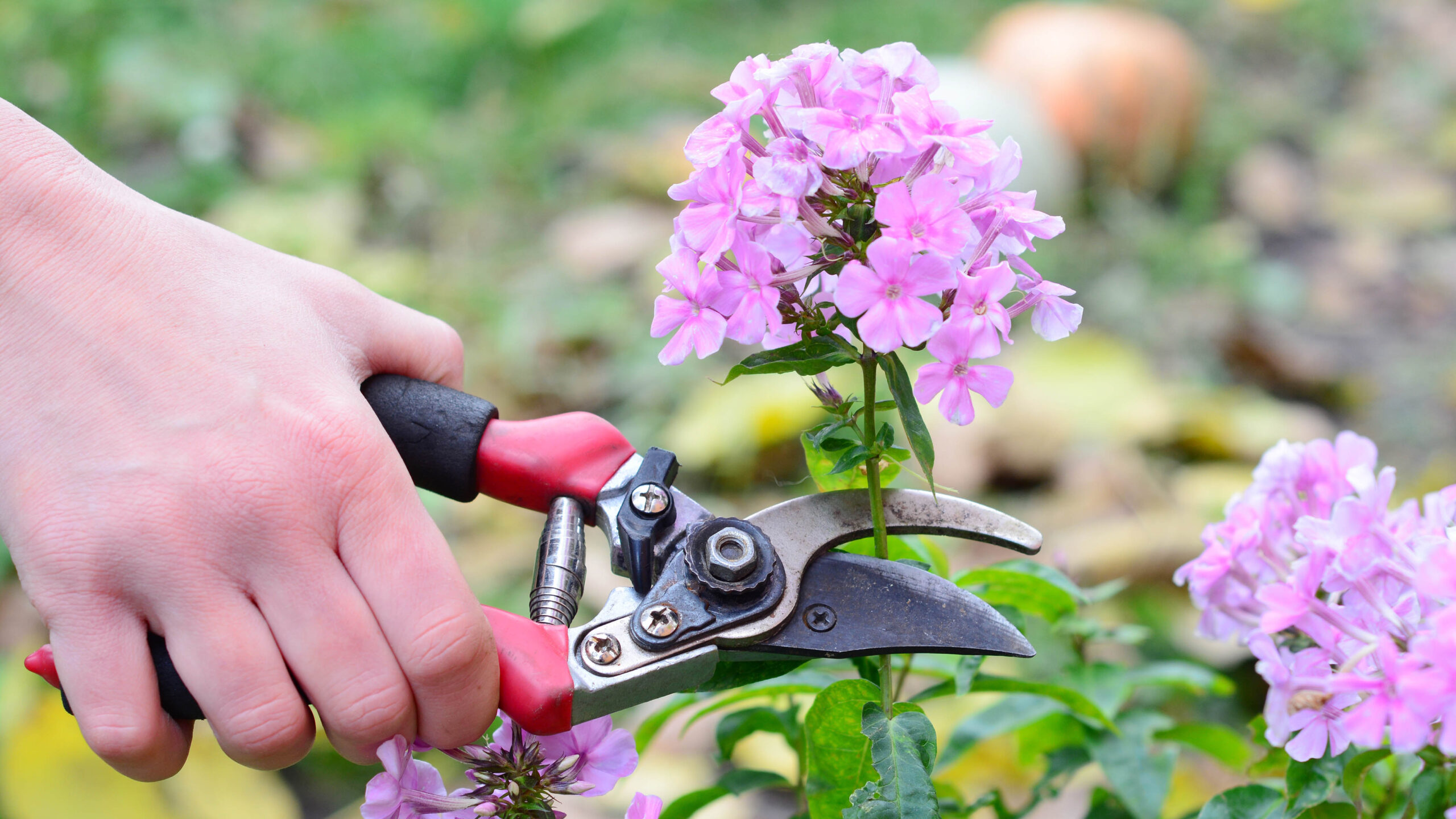
August is a time of abundance in the garden, but many plants will be reaching the tail end of their flowering season this month. After bursting into bloom during the spring or early summer, these perennials will now likely be looking a little tired and straggly.
While it’s fine to leave them be and let them fall into dormancy, gardeners may want to prompt another wave of blooms so that the garden stays vibrant for a few weeks longer.
The solution? Cutting them back and encouraging new growth.
Here are 9 plants that will benefit from a summer makeover and reward you with more flowers:
The importance of pruning
Pruning usually takes place in the fall or winter, when plants are dormant. This ensures there is enough time for the plant to recover from the cuts before spring growth. Some plants also prefer to grow on old wood, making it even more critical to time pruning correctly so that you don’t accidentally ruin next year’s flowering or fruiting season.
That said, pruning is a valuable tool that helps plants direct their energy into growing healthy new foliage, stems, and flowers, rather than wasting it on parts that are older, damaged, or dying. It is also used to help restore the plant to its desired shape and size, if it has become somewhat overgrown.
Since cutting plants back helps to revitalize a plant and spur new growth, it can be used with some plants to encourage a second round of blooms later in the summer. Pruning tells the plant that the flowering season isn’t quite finished and gives them renewed instruction to grow some more.
Often, this later wave of blooms will be smaller in volume and scale than earlier flowers, since the plant is tired, but it can still be a very attractive and enjoyable addition to the garden. Just be careful not to overdo it as you want the plant to bounce back quickly.
1. Yarrow
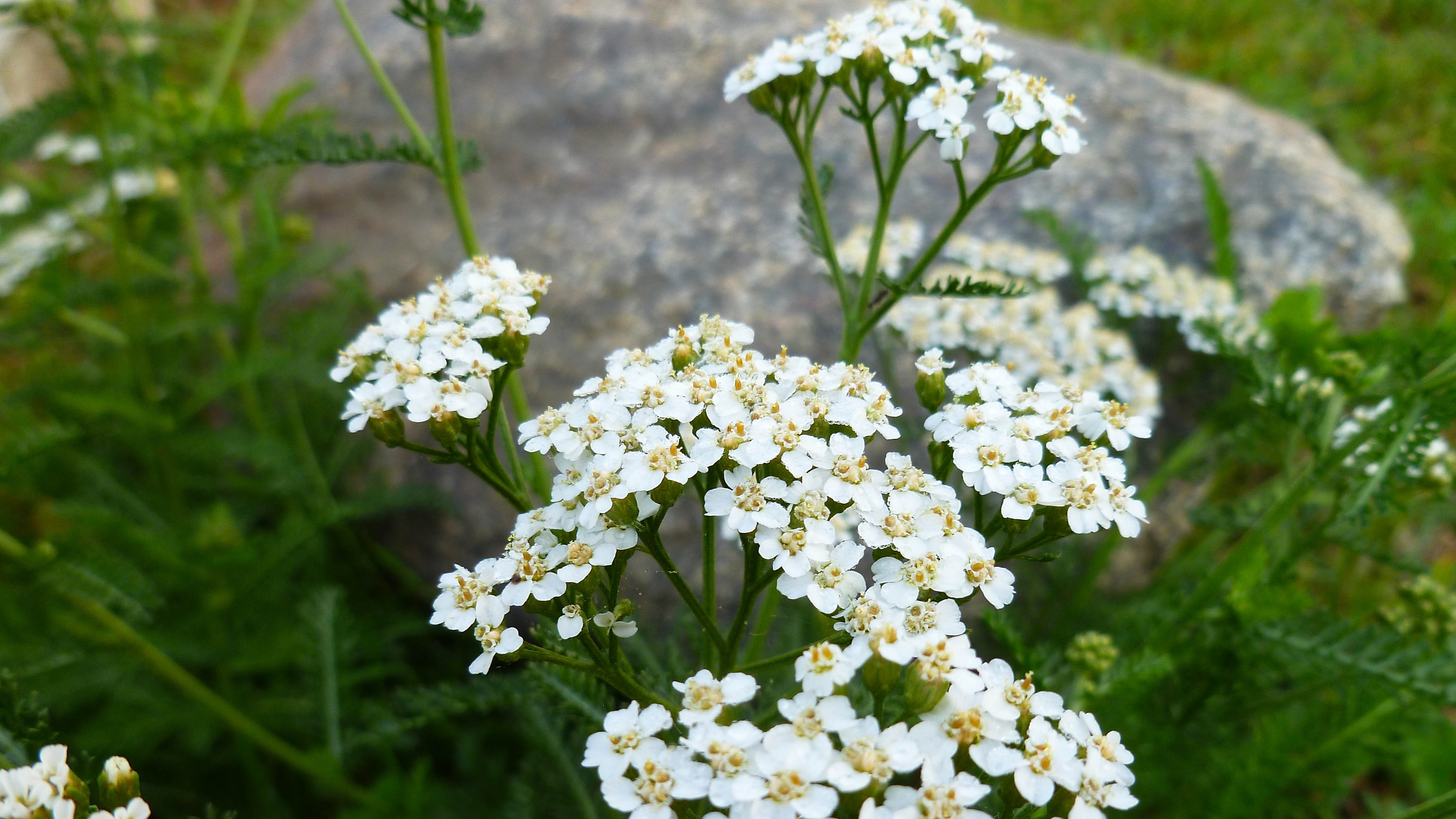
This pretty plant is characterized by tall stems that are each capped by a large cloud of flowers, made up of many tiny blooms clustered together.
Yarrow is usually warm-toned and most commonly found in shades of yellow and white, adding some cheerful color to any garden. As the season progresses, yarrow’s long, thin stalks may grow floppy and so these are the best places to target for August pruning.
How to prune
Cut back the stalks to their lowest set of leaves in order to prompt healthy new growth – and hopefully another crown of flowers. It is also wise to deadhead any of the stronger stalks that are supporting spent blooms; they may be healthy enough to produce a new cap of flowers without full pruning.
2. Garden phlox
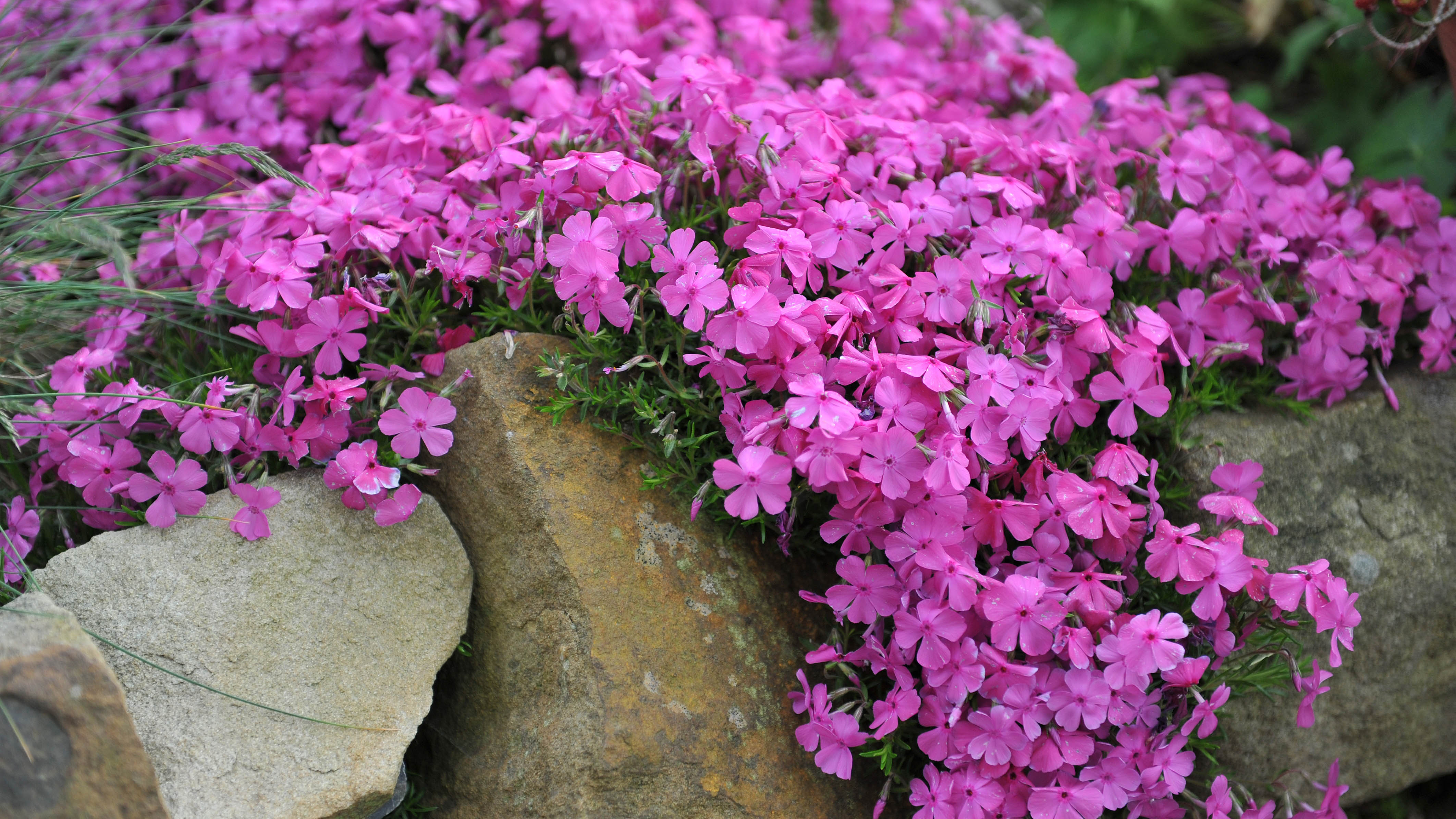
Known for its thick swathes of star-shaped flowers, garden phlox is beloved by gardeners and butterflies alike. The blooms appear in large clusters atop the leafy shrub, creating softness and vibrancy through rich pinks, reds, and purples, as well as some white varieties.
This is a low-maintenance perennial with strong stalks that can support an abundance of flowers, but it will still benefit from some August trimming.
How to prune
To prune, focus on the individual flower stems and trace them back to their budding points from the main stalk; this is where you should make your cut. The original plant should then produce new growth and new blooms, while the cuttings can be used to propagate additional plants.
To propagate, remove the lower leaves and place in some fertile potting mix.
3. Salvia

Salvias are architectural in shape, with long spires of flowers that climb upwards from low-lying foliage. They are commonly found in blues and purples, which contrasts strikingly with the lighter green leaves.
This is a plant that naturally blooms later in the season for a long period of time, so August is actually more of the mid-point of its flowering. Therefore, it’s an ideal time to deadhead any spires that are past their best.
How to prune
Work backwards from the flowers to where the growth point branches off from the main stem; ideally there is a new side bud emerging. Cut the salvia flower at this point and you should direct renewed energy into the side bud, resulting in a new spire.
You can also use this pruning session to target any unwanted growth, as salvia is known to get a bit leggy and sprawling once several weeks of summer have gone by.
4. Lupines
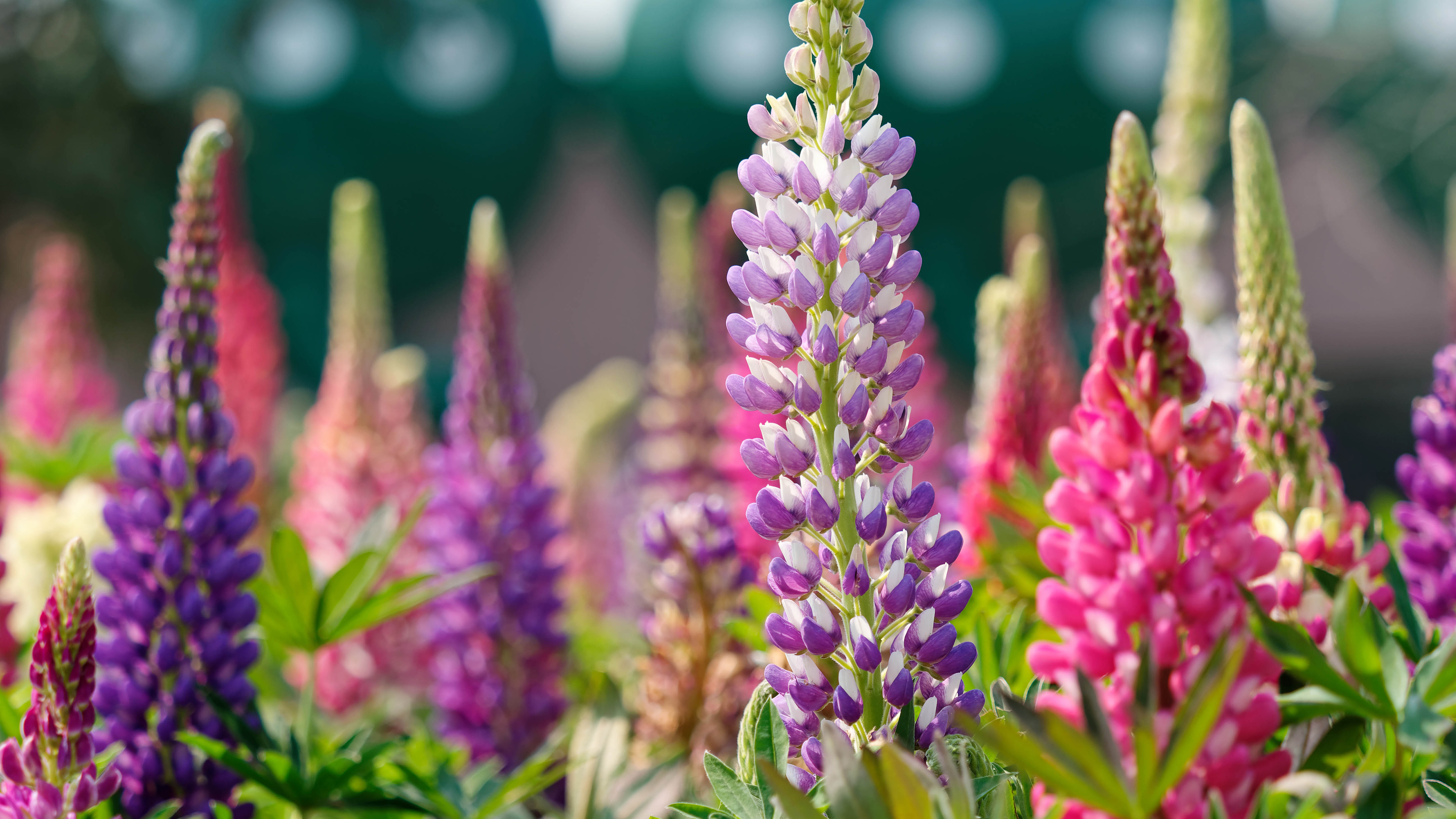
Another plant with tall spikes of flowers is lupine, which features large plumes of blooms that narrow into the point at the top. Lupines come in a range of saturated hues and can look especially striking when several colors are planted side-by-side.
The foliage underneath is equally vivid and green, with long thin leaves that splay out around the base.
How to prune
Deadheading this plant is recommended throughout the flowering season, once the spike only has a third of its blooms remaining. Still, you might want to undertake more substantial pruning once the plant starts to fade all over.
Instead of just removing the spent flowerheads, cut back the stalks nearly all the way to the ground and leave just a few inches of stem – unless there are new buds forming, in which case cut back until the first bud.
5. Delphinium
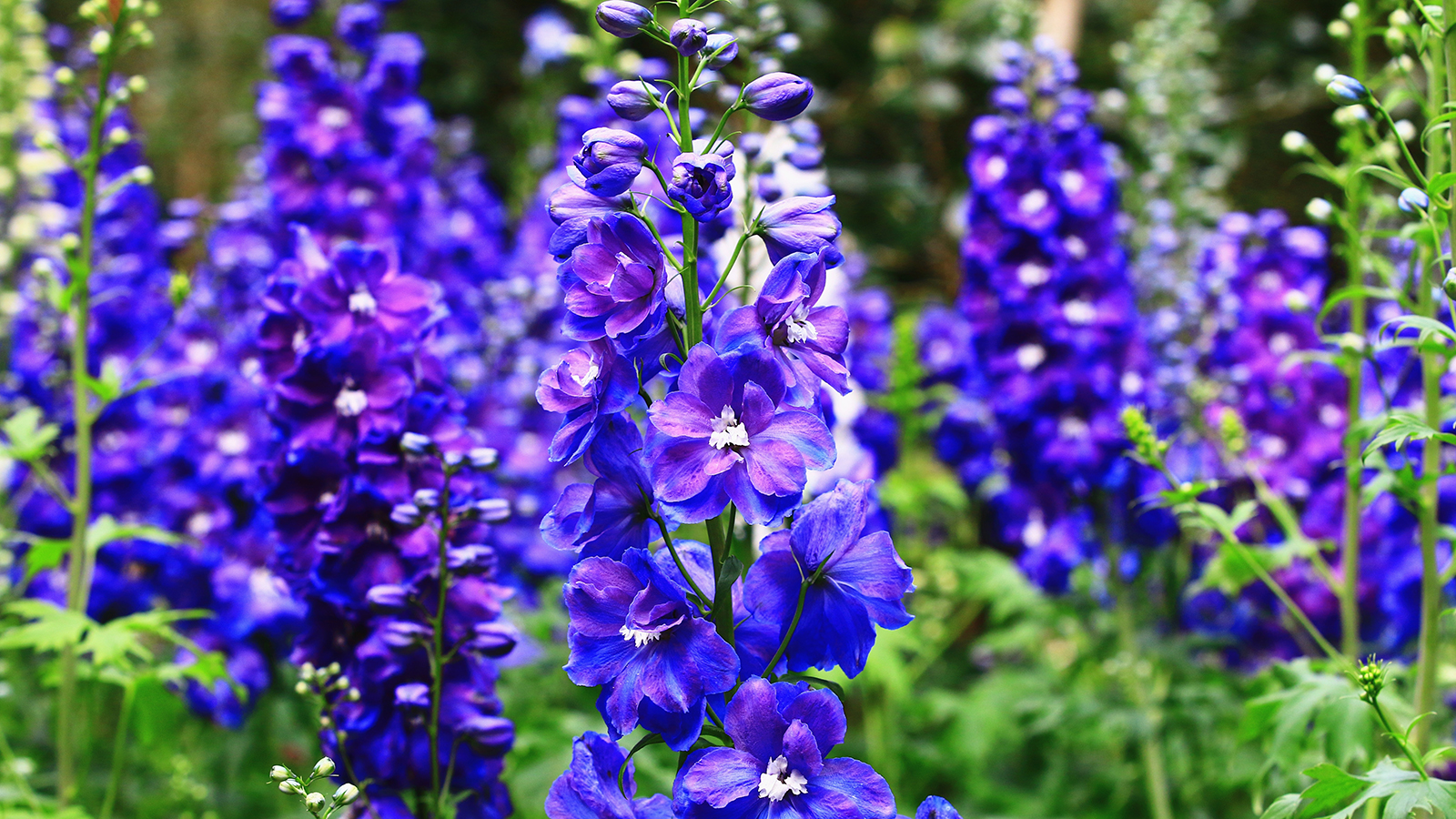
Perhaps you prefer a delphinium when it comes to tall flower spikes. These spikes are made up of a thick blanket of wide, flat flowers that have multilayered petals, mostly occurring in shades of blue.
The density of petals creates a very dramatic swipe of color in the garden, so naturally, you’ll want to prolong the delphinium’s flowering season.
Delphiniums tend to flower from spring to early summer, so by August this first wave should be done.
How to prune
Rather than pruning the plant in the middle of it blooming, cut back the plant once its initial flowers have all died off. Delphiniums tend to flower from spring to early summer, so by August this first wave should be done.
You can either remove just the flower spire and prune down to the next flower shoot, if there is one, or cut the stalk all the way down to a couple of inches high. This will prompt a second surge of growth and hopefully a new crop of flowers to last until the fall.
6. Cranesbill geranium
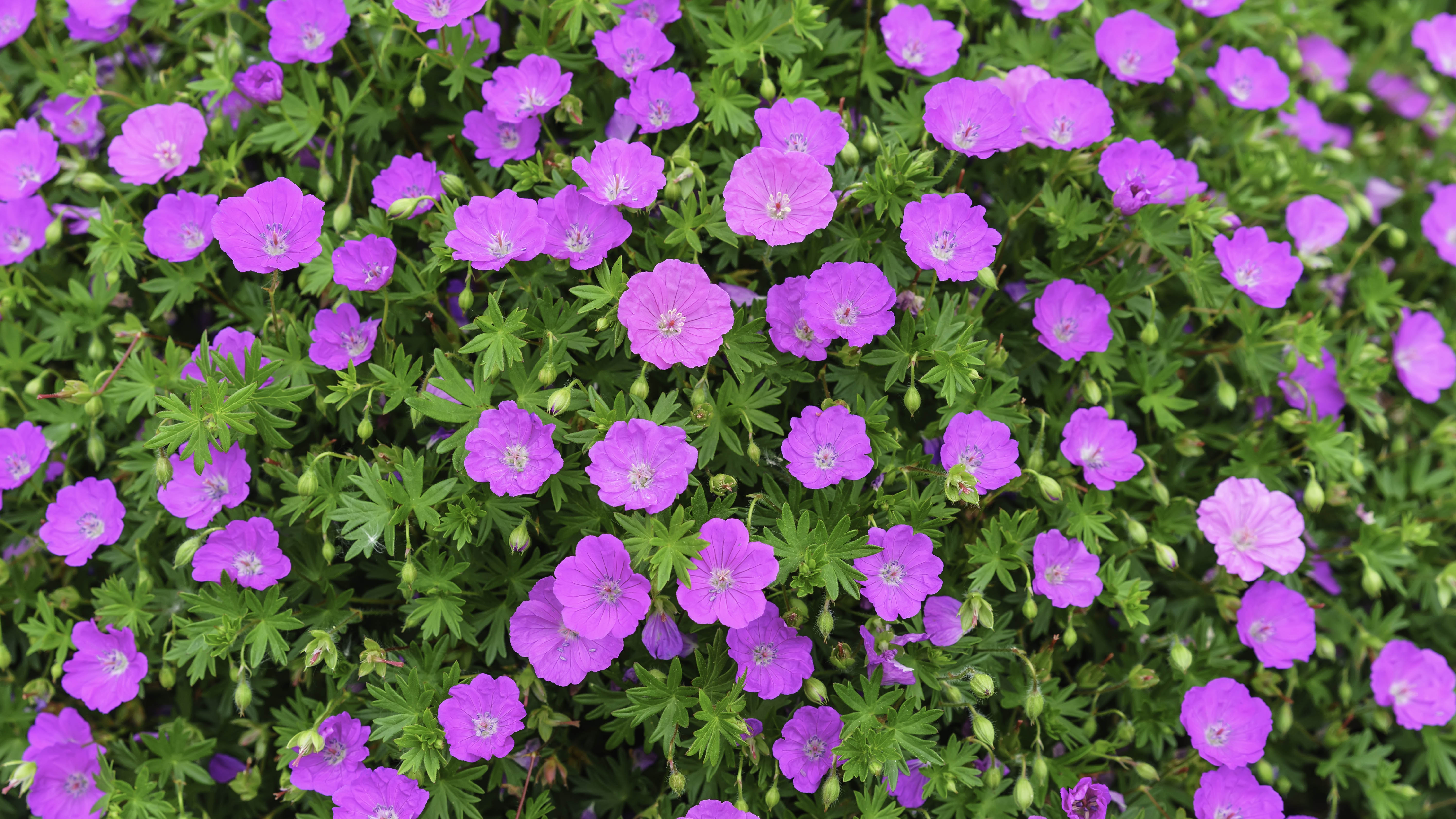
Everyone can recognize a geranium, that happy, wide-petalled flower that is hardy and fairly low maintenance.
Cranesbill geranium is a popular choice that comes in many colors, often in a two-toned style that can add visual interest to a border or container. While this plant has a long flowering season that should carry it through to early fall, it also tends to get overgrown and straggly by midsummer.
How to prune
To help neaten its appearance and keep it flowering, prune back any dead blooms and then cut quite a lot of the remaining plant away; you can start by cutting back a third of each branch, which should spur new growth.
If the geranium is looking especially tired or leggy, then cut back the stalks all the way to the ground where new life should hopefully be emerging.
There should still be time for it to grow new leaves and flowers before the weather turns too cold.
7. Coreopsis
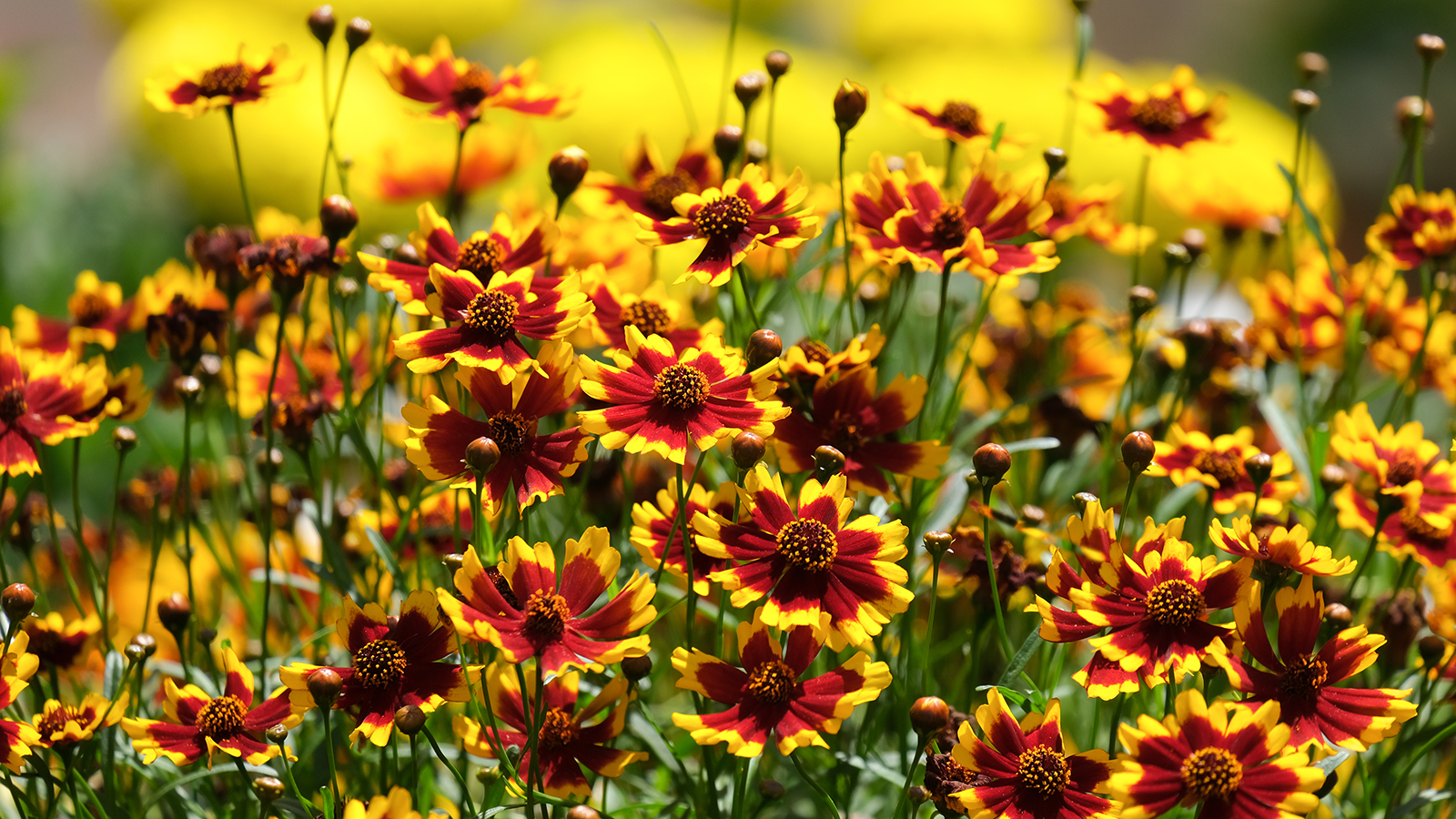
If a garden has a perennial coreopsis growing in it, then it’s worth giving that plant a good prune come August.
This cheerful species is known for its vibrant, warm-toned flowers that resemble daisies splashed with color. Coreopsis will begin to fade and die off in the midsummer, which is when pruning will be most effective.
How to prune
Target those faded patches first and then continue to prune in waves as other flowers meet the end of their blooming season. This ensures you still get to enjoy some color throughout August – the new growth won’t flower for a few weeks.
When cutting, there are a few options: cut down to the first new leaf node; cut and remove the stalk by a third to a half in length; or cut the stalk down to just above the ground.
Your choice will depend on how healthy the rest of the plant looks, but be sure to leave some fresh growth around the base of the plant if you want to see the coreopsis flower again this year.
8. Lady’s mantle
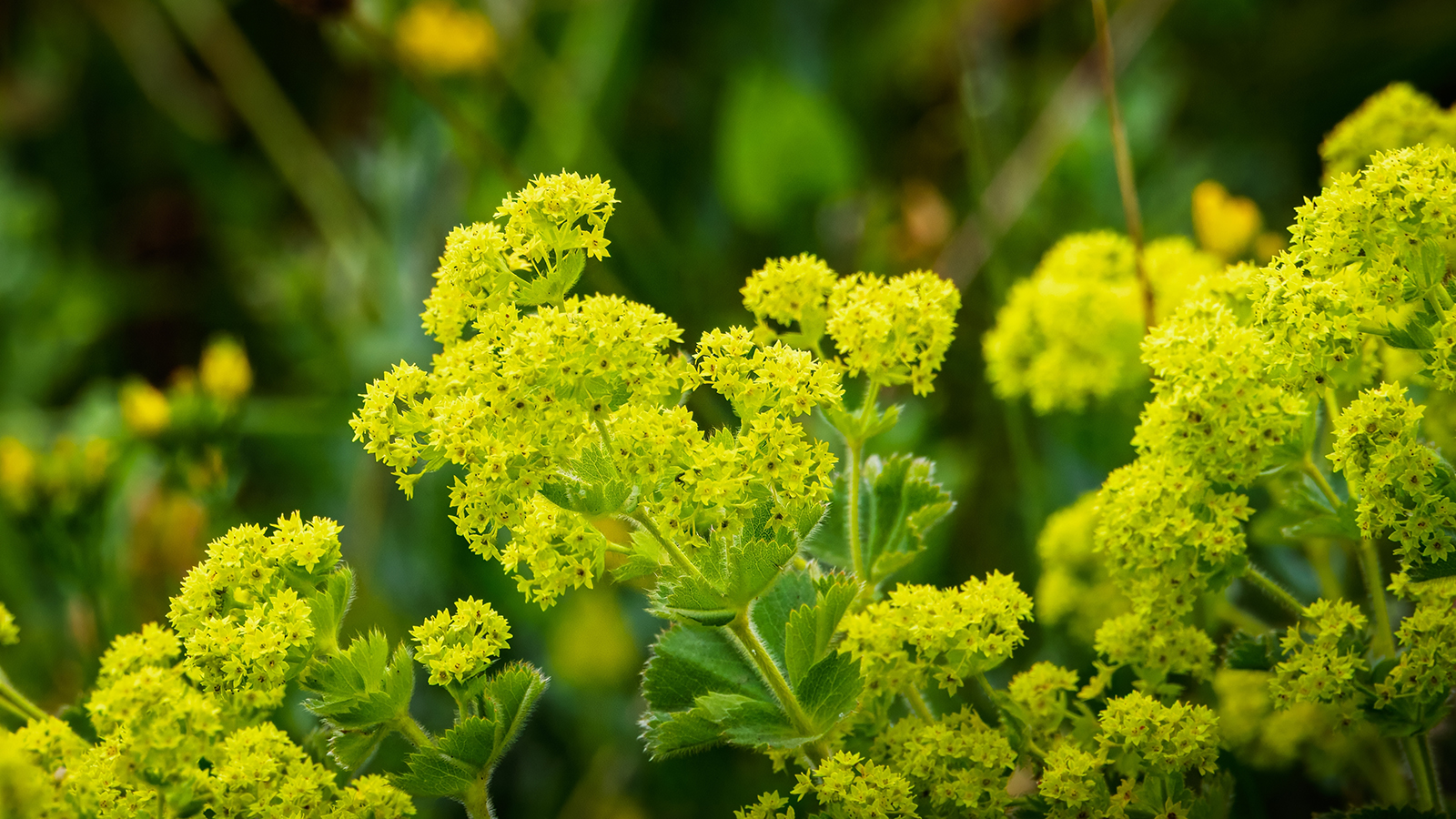
Unlike the other colorful options on this list, lady’s mantle has tiny sprays of greenish yellow flowers atop similarly-colored leaves.
This makes the plant a useful choice for adding texture to the garden without distracting the eye with garish color.
Lady’s mantle will self-seed, so deadheading is necessary to prevent the plant from going to seed too early.
How to prune
In addition to this deadheading, it can be useful to prune the plant thoroughly once its first flowering season is over. By August, lady’s mantle will often have become straggly and floppy, so pruning will help to restore shape, prompt stronger growth, and hopefully lead to another wave of flowers before the end of the season.
It is recommended to cut the stalks right down to their base in order to see the best results.
9. Campanula
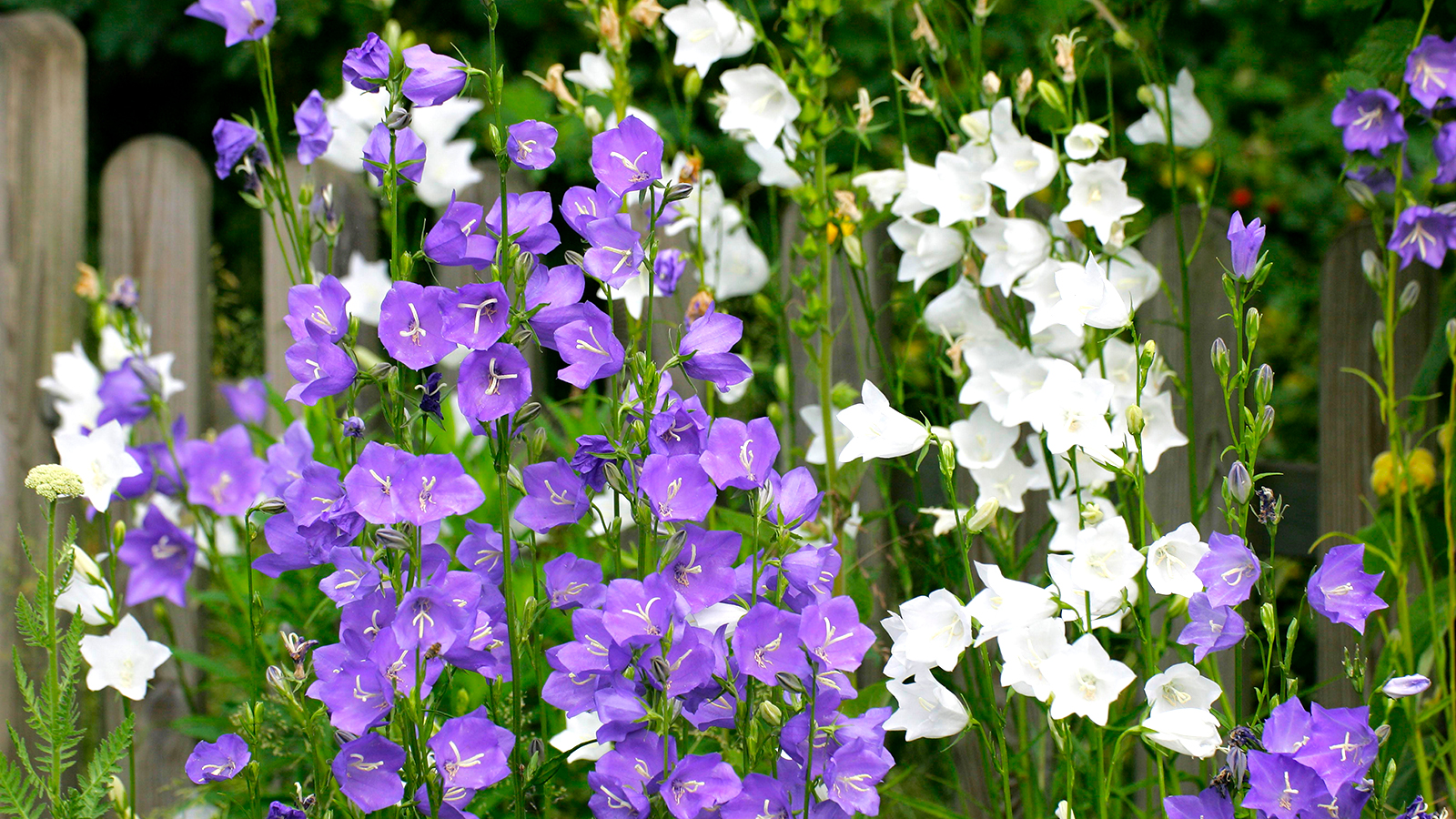
The bell-shaped flowers of campanula have given it its other name: bellflower.
Several of these delicate blooms are clustered on each stem and they usually come in shades of blue or purple, although you can find varieties in pretty pastel pink and white.
Even without your interference, campanula flowering will often recur throughout the summer, giving you waves of enjoyment. If the plant is looking a little sad and tired, however, then you can prompt one last flurry of flowers by pruning strategically.
If the plant is looking a little sad and tired, you can prompt one last flurry of flowers
How to prune
Take the stems and cut them down by half, trying to create a rounded shape from the remaining bush.
This will help to neaten the plant and also ensure flowers are prominently displayed when they reemerge once again.







